As we are coming closer to the end of 2018, let’s reflect on what has marked the year.
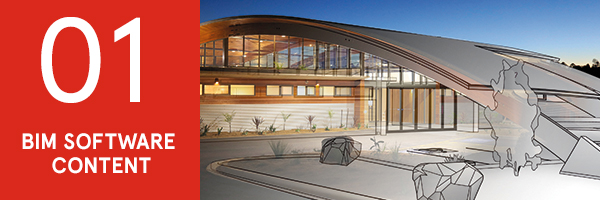
Back in March, we released the first Building Information Modelling (BIM) content for Glue Laminated Timber (GLT) in accordance with AS/NZS BIM Standards, for the Autodesk Revit software. It was developed for our Beam 17, Beam 18, Beam 21 and LGL products, making it easier to design and specify Australian GLT while promoting sustainability including Responsible Wood certification.
The ‘GLT Families’ BIM content provide all product details, including dimensions, mass and volume, detailed engineering properties, colour and texture for 3D modelling, certification to the Australian Standards, warranty details and Chain of Custody information.
This development has received a lot of positive feedback and was awarded Responsible Wood's Richard Stanton Award for Excellence in Sustainable Forest Management, confirming that BIM content can be a cornerstone for collaboration between design teams, project management teams and product / service suppliers. BIM enables all key stakeholders during the design and construction stages to share accurate, technical building information and potentially save considerable time. Moreover, all the data is easily passed on to the end user for facility management and ongoing operations.
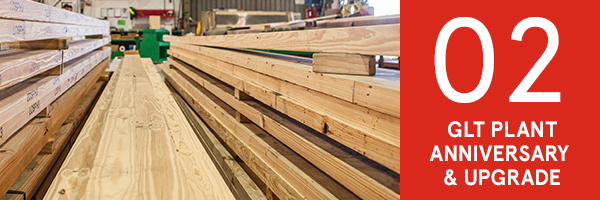
Our Glue Laminated Timber (GLT) Plant in Maryborough celebrated its 40th anniversary in August. A lot has changed since its opening in 1978, and during celebrations one of the most significant milestones in our history was announced: a major expansion to our GLT manufacturing capability.
Engineered timber manufactured from plantation softwood is an increasingly preferred building material for both commercial and residential construction projects due to its superior sustainability and environmental credentials.
We have been experiencing an increase in demand for GLT products. Our new capability will increase available volumes, improve our speed of delivery and broaden our product offer to capitalise on new growth opportunities for the timber industry.
GLT is the talk of the design and construction industry; with this investment, locally sourced, produced and certified Australian GLT products can be competitive in all project types.
The new state-of-the-art manufacturing plant will accompany the existing plant in Maryborough’s Industrial Estate. Construction has already started and is expected to be completed in Q3 2019.
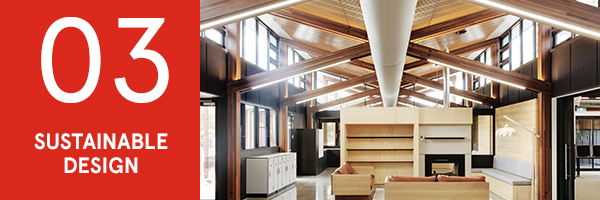
In an age where climate change and environmental credentials are important community values, the emphasis on building sustainably with renewable, low environmental impact materials is getting stronger and inevitable.
Did you know that carbon emissions in the construction sector account for over 23% of total greenhouse gas emissions in Australia? Our nation is recognised to be at the forefront of green building and sustainable building practices, by using design and planning processes that are environmentally responsible and resource efficient.
At Hyne Timber, we're proud to create products from 100% sustainable, certified, locally grown resources. It’s renewable, recyclable, waste efficient, biodegradable, non-toxic and it locks away carbon. In fact, up to 50% of the dry weight of timber is carbon that the growing tree has removed from the atmosphere. Like any good farming practice, for each tree harvested, more than one tree is replanted so that the cycle can commence once again, generating more oxygen while removing more carbon and securing local Australian employment into the future.
The production and processing of timber uses much less energy than most other building materials such as steel and concrete. As a general rule, if we can replace a cubic metre of concrete with a cubic metre of timber, almost one tonne (1,000 kilograms) of CO2 emissions is saved.
In addition to its environmental benefits, timber has many health and wellbeing benefits. Incorporating natural materials, light, vegetation and views into the modern built environment is called biophilic / nature connected design. Numerous studies show multiple physiological and psychological benefits, including:
- Improvements in mental engagement and concentration;
- Reduced blood pressure, heart rate and stress levels; and
- Positive emotional state such as happiness, tranquility, comfort and dopamine levels.
Our GLT products aren’t limited to being either structural and hidden, or simply aesthetic and displayed, but can be both. Why not use the structure as a key aesthetic component through biophilic, nature inspired design?

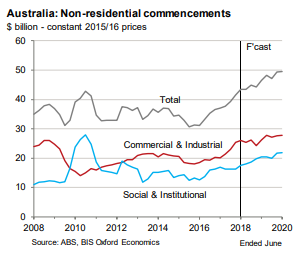
Building activity nation-wide has been mostly positive over the past five years, reaching an estimated $119.2 billion in 2017/18. This level is an all-time record, a staggering 21% higher than the previous peak in 2009/10.
New residential construction was the driving force over the 2013 - 2016 period, but now non-residential building is the key growth engine, which is estimated to have increased 14% in 2017/18.
This growth was relatively broad across the sectors. Pulled along by a booming office sector (+54%), commercial & industrial building was up 14%. Social and institutional building expanded 16%, with education (+25%) growing the most.
With this trend in mind, we cannot ignore our behavioural impact on the environment. The choice is ours to make ‘green’, sustainable decisions. Hence the growing adoption of engineered timber in the non-residential construction market.
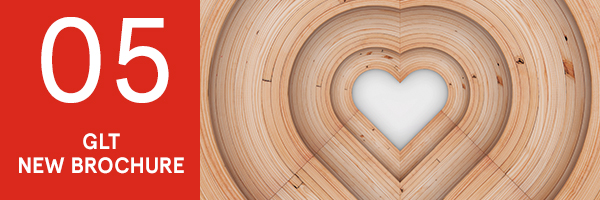
Have you seen our new GLT brochure? It’s not what you'd expect from a historic Australian timber company…
Playing on our love story with Australian plantation pine, and with a focus on building relationships that add value at every stage of the design and construction journey, our brochure features plenty of cheeky puns and innuendo to keep you entertained.
We hope it will inspire product specifiers to grow their passion for GLT, hence why we’ve had some fun, in a time when complex issues like non-compliance, increased regulation and ambitious sustainability goals are becoming key motivators in our industry. It's a crucial step in driving engagement and interest in very complex topics.